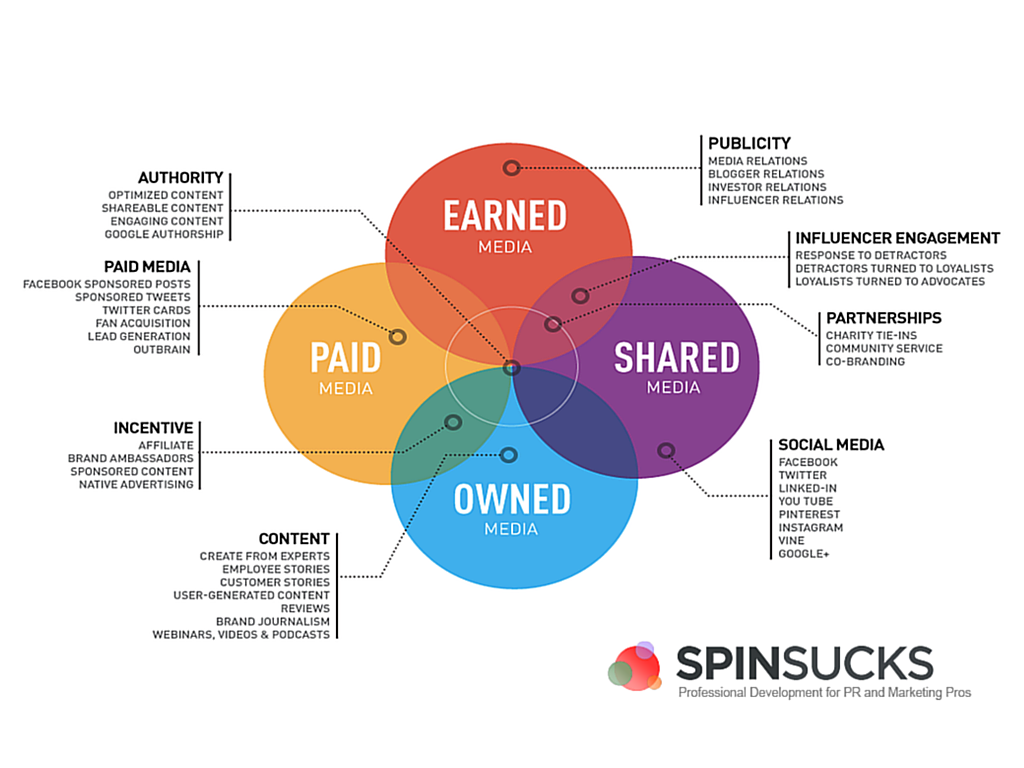
Why Holistic Communication Measurement Matters
Why Holistic Communication Measurement Matters
Here’s something to think about: When measuring communication
effectiveness, are you considering all possible channels -both online and
offline?
Many organizations focus solely on digital metrics, but a holistic
communication measurement and evaluation approach ensures that every relevant
channel is accounted for. This is where the PESO Model (Paid, Earned,
Shared, and Owned) comes into play. Introduced by AMEC in 2014, this model
provides a structured way to measure communication impact across different
platforms.
Understanding the PESO Model
A successful communication strategy doesn’t rely on just one medium.
Instead, it integrates multiple channels under the PESO Model, ensuring a
comprehensive approach. Let’s break it down:
1. Owned Media – Fully Controlled by the Organization
These are platforms where the organization has complete control over
the content, timing, and frequency of posts. Examples include:
- Social media accounts
- Websites and blogs
- Email newsletters
2. Paid Media – Third-Party Channels with Paid Access
Organizations can leverage external platforms by paying for
visibility. Examples include:
- TV and radio advertisements
- Newspaper and magazine ads
- Sponsored content and digital ads
3. Earned Media – Unpaid, Uncontrolled Mentions
Earned media includes any coverage generated without direct payment.
This could be:
- News articles and media coverage
- Mentions by bloggers and Key
Opinion Leaders (KOLs)
- Word-of-mouth recommendations
4. Shared Media – Amplified by External Parties
This includes content that is reposted, reshared, or organically
spread by audiences. Examples include:
- Social media reposts and shares
- User-generated content
- Viral campaigns
Applying the PESO Model Effectively
To ensure no channel is overlooked, communication professionals
should use the PESO Model as a checklist. This approach helps in:
- Structuring media plans based on
the available channels
- Identifying potential overlaps
(e.g., media relations can fall under both Paid and Earned Media)
- Balancing efforts across multiple
touchpoints for maximum impact
For example, media relations activities could involve press releases
(Earned Media) and paid collaborations with journalists (Paid Media).
Similarly, KOL engagements may be unpaid (Earned Media) or part of a paid
campaign.
Case Study
A great example of an effective PESO Model implementation is Nike’s
“You Can’t Stop Us” campaign. Nike used Paid Media for digital ads and
TV commercials, Earned Media through coverage in major publications
praising the campaign’s creativity, Shared Media as millions of users
organically reshared the video, and Owned Media by featuring the
campaign prominently on its website and social media. By integrating all PESO
components, Nike maximized engagement and ensured the message reached diverse
audiences.
On the other hand, a small e-commerce startup, despite having a
solid product, relied too heavily on Paid Media, focusing solely on
digital ads without building Earned or Shared Media efforts.
Without organic buzz or media coverage, their campaign struggled to gain trust
and longevity. The lack of media relations or influencer collaborations meant
that the campaign’s reach was short-lived, and they had to continue pouring
money into ads without sustainable growth.
By adopting a holistic measurement approach that includes both
online and offline channels, organizations can better assess their
communication effectiveness. So, when evaluating your strategy, ask yourself:
Are you measuring all aspects, or just a fraction of the impact?
Learn and
practice PESO Model with CPROCOM. CPROCOM’s trainers offer personalized
coaching and practical techniques. Check their latest training schedule on
Instagram @cprocom or contact 08111192468.
#communicationstrategy
#PESO #paidmedia #earnedmedia #sharedmedia #owned media #EffectiveMedia
Leave a comment
Your e-mail address won't be published. Required fields are mark *

